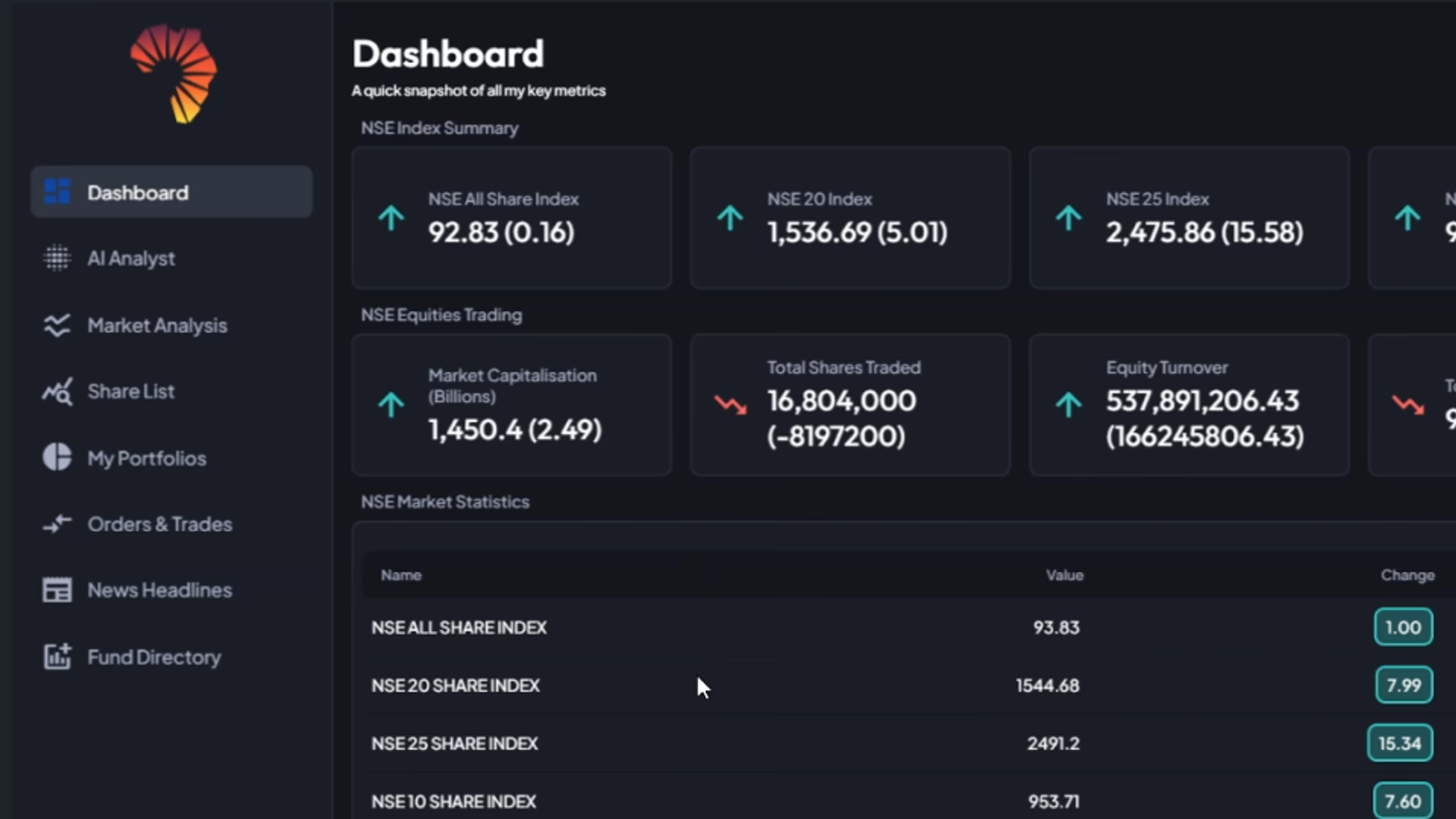Kenyans spend more money on new clothes than they do on mitumba, a report by the Institute of Economic Affairs (IEA) shows.
The report dubbed “State of Second-Hand Clothes and Footwear Trade in Kenya” shows that only 8.5% of households spent more than Ksh 1,000 on second-hand clothes and shoes. This is a shy comparison to 25.5% of families who spend over Ksh 1,000 on new clothes, indicating a high value of money directed to new clothes compared to second-hand clothing. Further, average expenditures on the two categories differ widely. Spending on new clothes averaging at Ksh 450 compared to Ksh 280 on second-hand clothing.
The difference in amounts allocated to new and second-hand clothing show an opportunity for the sector to coexist with the local textile industry.
People are spending more money on new purchases than mitumba and there is no evidence that the mitumba’s are affecting the local textile industry. Banning mitumbas is simply telling poorer people that they have no choices for clothing
IEA Chief Executive Kwame Owino
Despite commanding less monetary value than new clothes, Mitumba forms a critical part of the Kenyan economy. The sector provides cheap clothing in a country where at least 36.1% of the population lives below the poverty line and directly employs over 2 million people.
SEE ALSO: Kenya Imported 185,000 Tonnes of Second-hand Clothing in 2019





